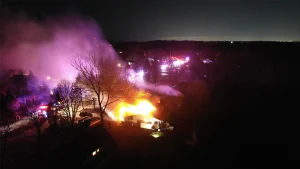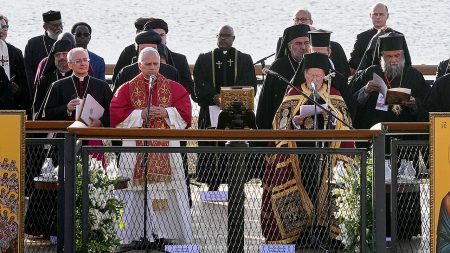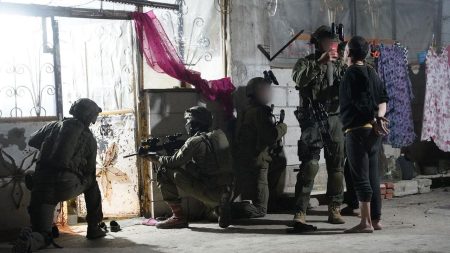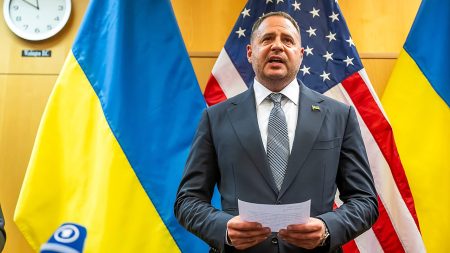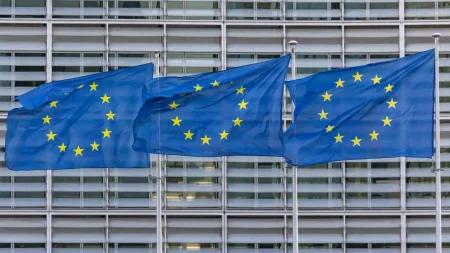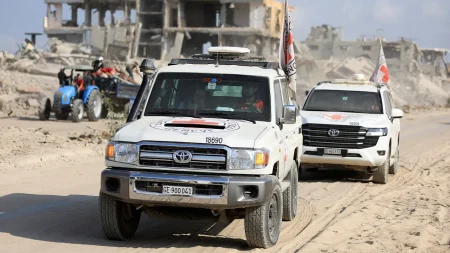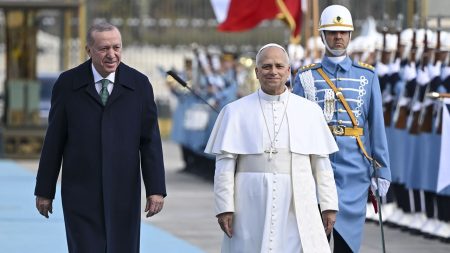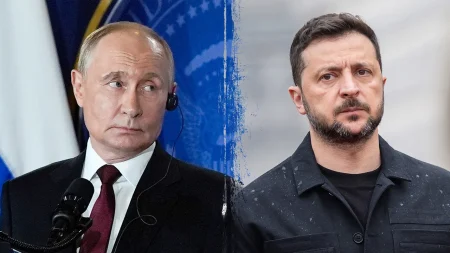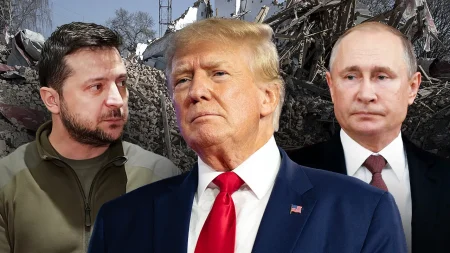The Gaza Peace Framework: Hope Amidst Uncertainty
President Donald Trump’s emerging Gaza peace framework has sparked cautious optimism about reshaping Middle Eastern dynamics, though experts warn that the plan’s success hinges critically on whether Hamas is fully disarmed. Dr. Michael Milshtein of Tel Aviv University’s Moshe Dayan Forum offers a sobering assessment, suggesting that expectations of peace and coexistence may be premature. According to Milshtein, Hamas has indicated it might accept a cosmetic Palestinian administration to handle daily affairs while continuing to operate behind the scenes—similar to Hezbollah’s arrangement in Lebanon. Rather than surrendering weapons, Hamas appears willing only to “freeze” its arsenal, potentially maintaining light weapons and explosives even as it hands over what remains of its rocket infrastructure. This stance reveals Hamas’s intention to preserve its military and social influence in Gaza regardless of how the current conflict concludes.
The diplomatic breakthrough reflects an extraordinary coordination of regional interests, according to Ghaith al-Omari of the Washington Institute. Trump’s ability to recognize and seize this moment stems from several converging pressures: an attack on Qatari soil, growing Gulf anxiety over regional instability, and fears of a widening conflict. These concerns have motivated Arab states to leverage their influence in unprecedented ways. Turkey has emerged as a particularly significant player in this process, offering Hamas both practical leverage through financial channels and an ideological model through its ruling AKP party. The Turkish example suggests Hamas could potentially evolve from an armed resistance movement into a political organization—playing what al-Omari calls “the long game” by stepping back militarily while waiting for the Palestinian Authority to weaken. However, this strategy does not eliminate Hamas; it merely redirects its ambitions from warfare to politics.
Concerns are already emerging about the sustainability of Arab unity regarding Hamas disarmament. Al-Omari notes troubling signs of diplomatic backsliding, citing the Egyptian foreign minister’s characterization of Palestinian disarmament as “an internal issue” and Emirati officials’ limited commitment to border control rather than broader security responsibilities. Mark Dubowitz of the Foundation for Defense of Democracies emphasizes that the current arrangement represents merely a pause in hostilities rather than genuine peace. In his assessment, lasting peace requires Hamas to completely surrender its weapons, relinquish all governance roles, and submit to the full implementation of Trump’s broader peace plan. Dubowitz dismisses the possibility of Hamas voluntarily relinquishing power, arguing instead that the group “must be pushed out of Gaza and relentlessly hunted down inside the Strip” by Israeli forces and any willing international security partners.
Former Israeli intelligence chief Tamir Heiman outlines three possible scenarios following the release of hostages and cessation of active combat. The most optimistic involves Hamas cooperating with the establishment of a technocratic government supported by international policing forces. A second possibility envisions Hamas’s refusal to cooperate, prompting a gradual sector-by-sector transfer of security control to international forces. Heiman considers the third scenario most likely: no foreign force intervenes substantively, leaving Israel to maintain a security buffer zone while Hamas retains light weapons but loses its rocket capabilities and missile factories. This arrangement would not constitute peace in the traditional sense but rather a “managed security” situation that constrains but does not eliminate Hamas’s military potential.
The current framework represents an important diplomatic achievement in aligning regional interests and fostering unprecedented cooperation among Arab capitals. Trump’s team has successfully identified an opening and brought together stakeholders with divergent interests around a common goal. Turkey’s involvement adds a critical dimension, offering Hamas a potential model for political evolution while providing concrete leverage through financial and ideological channels. The immediate humanitarian benefits of a ceasefire cannot be understated, offering relief to civilians caught in the crossfire and creating space for the return of hostages. However, the true test of this initiative lies in what follows the initial hostage release and ceasefire—specifically, whether Hamas genuinely disarms and allows alternative governance to take root.
Ultimately, the experts suggest a cautious assessment of the Gaza peace framework. While the diplomatic groundwork shows promise, the fundamental question remains whether this initiative represents a genuine path to lasting peace or merely an intermission between rounds of conflict. Hamas’s willingness to relinquish weapons and power will determine whether Gaza can transition toward stability or remains caught in cycles of violence. As one analyst notes, if Hamas continues to exist as a hybrid militia-government, the world may soon discover that what appears to be peace is merely a pause mistaken for an ending. The coming months will reveal whether this framework can overcome the deep-rooted challenges that have frustrated previous attempts at resolving the Israeli-Palestinian conflict and whether the regional cooperation it has inspired can be sustained through the difficult phases of disarmament and reconstruction that lie ahead.

